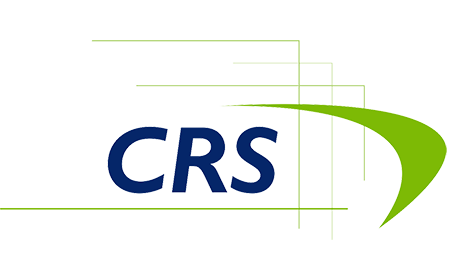The Not So Simple Truth About SIMPLE IRAs
Small businesses have many options when considering a tax-advantaged retirement plan for employees. It’s only logical that they carefully consider and review these options with financial and tax advisors. When it comes to your retirement planning and that of your employees, knowing the rules and regulations of plan designs is of paramount importance.
Two common plans are 401(k)s and SIMPLE IRAs. The plans do share similarities, but their differences are substantial. Let’s take a look at why 401(k)s offer a better solution for retirement planning for you and your employees—and why, if you’re currently using a SIMPLE, you definitely want to think about switching.
Easier for Advisor and Employer to Operate
A Savings Incentive Match Plan for Employees (SIMPLE) is one type tax-deferred retirement saving account. Despite the name, though, SIMPLE plans are anything but easy to administer. SIMPLE plans are held in individual IRA accounts. Because all SIMPLE investments go into individual accounts (with separate contracts and account numbers) they can be a more time-consuming benefit solution for all parties involved to administer.
Lower Costs
There is also a misconception that SIMPLE plans are less expensive than 401(k) plans. The truth is that they are typically more expensive. Because SIMPLEs are held in separate IRA accounts for each participant (while 401(k) plans are held together in one account for the entire plan), you don’t get the benefit of co-mingling assets. In the investment industry, competition forces down costs and the larger the assets are in an account, typically the more competition exists. When comparing total fees of SIMPLEs to 401(k)s, the power of assets working together typically results in lower total expenses for participants in a 401(k) plan.
Higher Elective Deferral Limits
In a 401(k), employees can defer up to $19,500 per year—SIMPLE IRAs are capped at $13,500. What about catch-up contributions? For employees over the age of 50, SIMPLE IRAs allow for an additional $3,000, but a 401(k) plan allows for $6,500. The 401(k)’s larger employee contribution limit leads to greater savings and a lower taxable income for plan participants. Additionally, employees can make Roth contributions, which means they can make both pre-tax and post-tax contributions to the same plan.
Larger Contributions for Employers
When accounting for both the employee deferrals and the employer contribution, the maximum the IRS allows to be put into a defined contribution retirement plan is $57,000 per year—$63,500 for the catch-up eligible employees. Reaching that limit is only possible with a 401(k).
SIMPLE IRAs do not allow for profit sharing contributions and they cannot be combined with cash balance plans (or any other retirement plan). They also limit the employer contribution to no more than 3% of an employee’s compensation.
These in tandem make 401(k) plans superior for nearly all business owners or high-earning employees who want to maximize their retirement savings.
Choosing the right retirement plan is one of the most important financial decisions a business owner makes for their business. Remember, the retirement plan not only presents an opportunity to claim a tax deduction but also to attract and retain top employees with desirable benefits. Sometimes, plans are an administrative burden, which is why having an administrative team on your side can relieve this burden so you can enjoy the benefits. If you have questions or need assistance, feel free to reach out and let us know!




